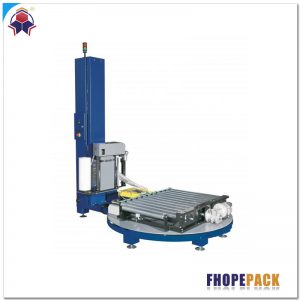
We can put these steps in a short list to make more careful analysis. Now, as we can see, as you grow, the volume increases, and the understanding of labor and security will be the first area where the “corner is cut” and waste and/or injury infiltrated.
Areas of concern.
For most operations, turning around is the ultimate risk of harm. For example, when an operator moves from a forklift to a machine and performs certain functions, they usually move quickly.
This may save a bit of time, but the step of security may be skipped by the operator. Fpc2 requires an operator to set up his forklift, the parking brake needs to be set, and it needs to be fastened. We can see that if a process requires the operator to get on and off the channel, then people often ignore these steps.
However, these steps are easily overlooked steps that are often ignored when the trailer is waiting to be loaded at the end of the day.
A process with automation as the backbone needs to be designed.
If you have to decide how much your application needs to automation, first of all, material saving and security features need to be considered and used as a business process decision, and the second output requirements.
Don’t you want to wrap it up? It’s not ok to just pick the easiest one. You can study this process carefully. We are also happy to help when there is no obligation to call. With your current application, we can discuss it and suggest opportunities to optimize your processes to make your costs less and more efficient. Here, we also have a lot of free education resources, such as our free eBook, select the correct tray packaging guide, here, if you want to download, are free.